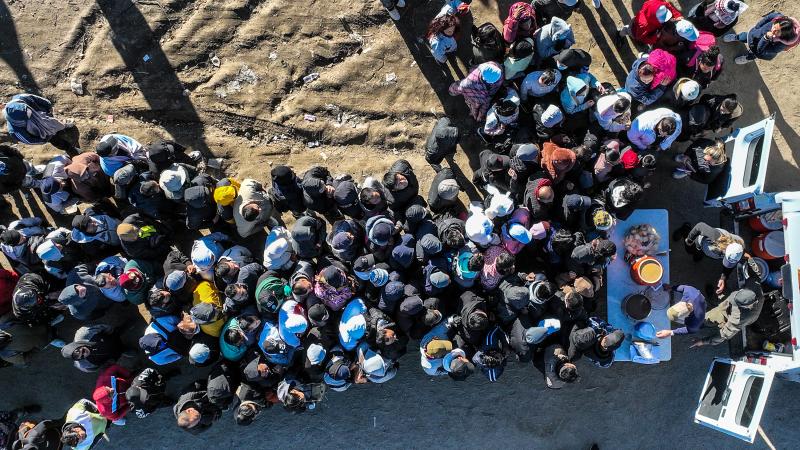Texas capital holds exercises to prepare for potential radiological threats
U.S. Department of Energy’s National Nuclear Security Administration is coordinating the “The Cobalt Magnet 22 exercise” in Austin.
While Texans are heading to the polls for early voting in the state’s primary runoff election this week, more than 30 local, state, and federal agencies are holding a major radiological incident exercise in the state capital.
From May 16-20, the U.S. Department of Energy’s National Nuclear Security Administration is coordinating the “The Cobalt Magnet 22 exercise” in Austin.
Austinites might see field teams wearing protective clothing using radiological monitoring and detection equipment, low-flying aircraft conducting data-gathering flights, and groups of first responders and others staging drills at various locations.
The exercise is part of a regular program of training and has been coordinated for the past 18 months, according to the agency.
“The men and women of the Nuclear Emergency Support Team – or NEST – are trained to provide decision-makers with timely, actionable scientific advice during fearful events,” Jay Tilden, DOE’s deputy undersecretary for Counterterrorism and Counterproliferation, said. “Saving lives and reducing the impact of a nuclear incident requires a full understanding of what happened, who will be affected, and what the optimal response should be. NEST’s bread and butter is providing that information to local, state and federal leaders as rapidly as possible.”
Cobalt Magnet 22 events are occurring throughout the city, where participants are simulating responses to a hypothetical radiological attack, including how they’d coordinate providing emergency relief to affected populations, and restore essential services, according to an announcement made by NNSA.
During Cobalt Magnet, NEST will provide radiological monitoring and assessment assistance to state and local leaders, NNSA said. It will also work with local, state and federal law enforcement to conduct radiological search operations and identify potential threat devices.
U.S. Department of Homeland Security defines a radiological attack as “the spreading of radioactive material with the intent to do harm.” While radioactive materials are used every day in laboratories, medical centers, food irradiation plants, and for industrial uses, if stolen to cause harm they could be misused as a “radiological dispersal device” (RDD), or dirty bombs.
A dirty bomb is one type of a RDD, DHS explained, “that uses a conventional explosion to disperse radioactive material over a targeted area. The term dirty bomb and RDD are often used interchangeably in technical literature. However, RDDs could also include other means of dispersal such as placing a container of radioactive material in a public place, or using an airplane to disperse powdered or aerosolized forms of radioactive material.”
Dirty bombs aren’t nuclear weapons, the National Terror Alert said. But they are considered weapons of mass destruction because of their “capacity to cause terror and disruption" and its ability to inflict heavy casualties.
Some policy experts have speculated that because of the Biden administration’s open border policies, failed withdrawal from Afghanistan, and the fact that individuals on the terrorist watch list have entered the country illegally, that a terrorist attack stemming from the southern border is a possibility.
However, earlier this month, Lt. Gen. Scott Berrier, director of the Defense Intelligence Agency, submitted written testimony to the Senate Armed Services Committee stating that terrorist groups in Afghanistan were a year away from attacking western targets, the Marine Corps Times reported.
Depending on the sophistication of a dirty bomb, NTA said, “wind conditions, and the speed with which the area of the attack was evacuated, the number of deaths and injuries from a dirty bomb explosion might not be substantially greater than from a conventional bomb explosion.
“But panic over radioactivity and evacuation measures could snarl a city. Moreover, the area struck would be off-limits for at least several months – possibly years – during cleanup efforts, which could paralyze a local economy and reinforce public fears about being near a radioactive area.”
NTA also provides information about what people should do if they are exposed to a dirty bomb. They are so dangerous, NTA said, because radiation can’t be seen, smelled, felt or tasted.













